Nobody likes to be sore after a workout. Aside from the difficulties of breathing hard or your muscles burning, uncomfortable post workout soreness is one of the main reasons that people drop out of an exercise routine.
But although soreness cannot be completely eliminated, it can be controlled, and proper post-workout recovery protocols will also allow your body to recover more quickly and respond better to your workouts.
Before understanding how to reduce soreness and recover properly, you should know why recovery is important. After all, can't you just grit your teeth, bear it, and push through soreness? Not really.
Muscles grow and become stronger when they are subjected to forces that cause tiny tears in the muscle fibers. It is during the recovery period after a workout that the body repairs these fibers and builds new blood vessels to the stressed area.
But that's not all. During the recovery period, the energy-generating components of the cells develop a higher work capacity, and your bone density increases.
However, none of happens unless you have proper rest and recovery. So here are 5 ways to get the rest and recovery necessary to both reduce soreness and enhance your fitness:
#1 - Nutrition
Immediately after a workout, you have a maximum of about two hours to most efficiently absorb what you eat as energy and repair fuel. If you do not eat, you may not have enough carbohydrate energy for your next workout, you will certainly not have the protein you need to repair muscles, and you will not have enough healthy fat for your hormones and joints. Try a bowl of quinoa or brown rice with chicken, a protein smoothie with whey protein powder, and a piece of fruit. Or even a slice of last night's pizza.
#2 - Hydration
Your muscle cells need water, so when it comes to recovery, dehydration is one of your biggest enemies. Try to drink one 20-24oz bottle of water for each hour of exercise. Within a few hours after a workout, your urine should be light yellow or clear. If it is dark yellow, then you are inadequately hydrated. If it is any other color of the rainbow for that matter, you either need to get glasses or see your physician asap.
#3 - Compression
Performing a brief cool-down after a workout helps contracting muscles milk out excess soreness-generating fluids. In the same way, techniques such as massage and a foam roller can not only help to move inflammatory fluids out of the muscle, but also can remove adhesions and sore or tight spots from the worked muscles. If possible, use a foam roller once a week (or after every strenuous workout) and schedule a massage once a month. Here are some videos of my favorite foam roller exercises.
#4 - Blood Flow
Circulation of blood in and out of a stressed body part improves speed of recovery. Techniques that can improve blood flow include cooling down after your workout with a walk or easy bike ride, wearing compression garments, performing light stretching during or after each workout, alternating every 30-60 seconds between hot and cold running water in your post-workout shower, taking an ice bath after a strenuous weight training workout or long run, and performing a light walk, swim, or easy exercise routine the day after a hard workout.
#5 - Topical Ointments
There are several compounds that you can rub on a muscle to eliminate soreness and improve recovery. Most of these compounds work by creating a pain-relieving and cooling sensation, increasing blood flow, or displacing elevated levels of calcium. Popular remedies that have worked for me and my clients include Arnica rub, Traumeel, Ben-Gay, Tiger Balm, and magnesium oil. All of these ointments can be rubbed into the muscle immediately after and up to several days after a workout, until soreness subsides.
Excessive soreness is generally an indication that you either increased volume or intensity far too quickly in your exercise routine, or that you did not recover properly. But there is no reason that getting fit should be painful. So if you find yourself sore, use the techniques in this article to recover properly and get fit quickly!
Ben Greenfield is a fitness and triathlon expert and host of the Get-Fit Guy podcast on the Quick and Dirty Tips network. His book, "Get-Fit Guy's Guide to Achieving Your Ideal Body - A Workout Plan for Your Unique Shape," will be published by St. Martin's Press in May 2012.